
There’s Nothing ‘Super’ about a Supermoon
Supermoons are popular in the media, but are they really so different from how our extraordinary moon ordinarily appears?
Phil Plait is a professional astronomer and science communicator in Virginia. He writes the Bad Astronomy Newsletter. Follow him online.

There’s Nothing ‘Super’ about a Supermoon
Supermoons are popular in the media, but are they really so different from how our extraordinary moon ordinarily appears?
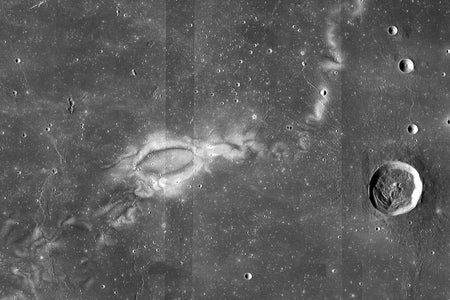
Shields Up! Lunar Swirls Arise from Ancient Underground Force Fields on the Moon
Wispy whorls on the moon’s surface are as lovely as they are strange. Scientists are starting to unravel their origins
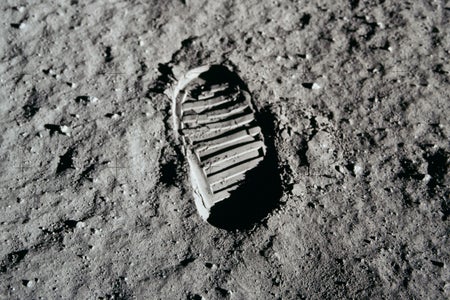
Can a Telescope See Astronauts’ Boot Prints on the Moon?
Even Earth’s mightiest telescopes aren’t up to the task of imaging Apollo lunar landing sites. A lack of resolution is the biggest reason why
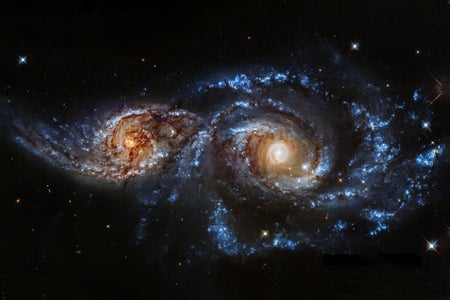
Will the Milky Way and Andromeda Galaxies Ever Collide?
Andromeda and the Milky Way may collide or they may safely swing past each other. Time will tell
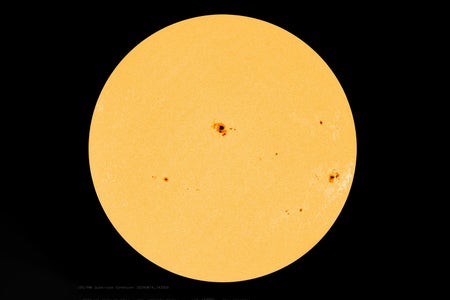
How to See Sunspots with Your Own Eyes
Surging solar activity means enormous sunspots are in the space-weather forecast. Here’s how to view them safely
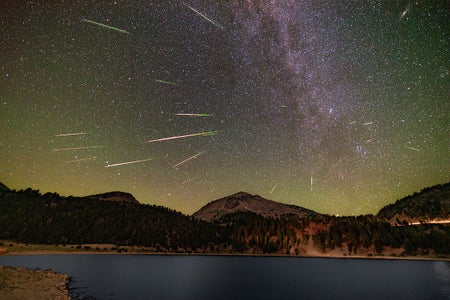
Perseid Meteor Shower Joins Stunning Mars and Jupiter Conjunction
Early risers get a double sky treat: a Mars and Jupiter conjunction and the Perseid meteor shower will occur at once

No, You Can’t See the Great Wall of China from Space
Reports of Earth-orbiting astronauts glimpsing the Great Wall of China and many other artificial structures are wildly exaggerated, but humanity’s planetary influence isn’t entirely invisible from afar
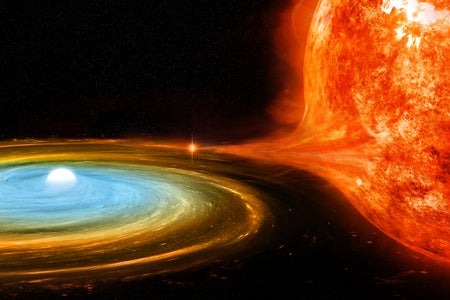
How Do Stars Really Die?
There’s more than one way for a star to die. Some go with a whimper, and some go with a very, very big bang
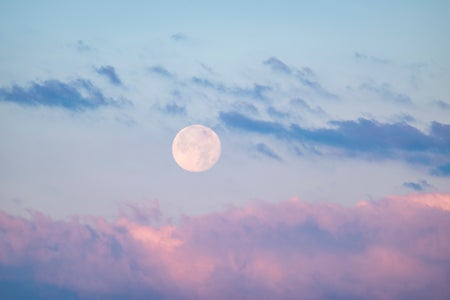
How to See Stars, Satellites, and More in the Daytime Sky
It’s possible to see celestial objects during the day, but it’s not always easy
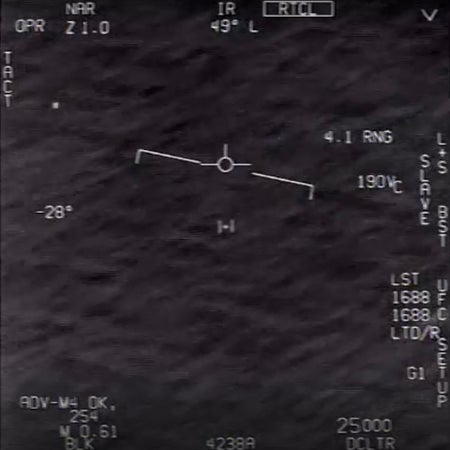
Nope—It’s Never Aliens
Claims of alien starships visiting Earth always fall short, but people still fall for them
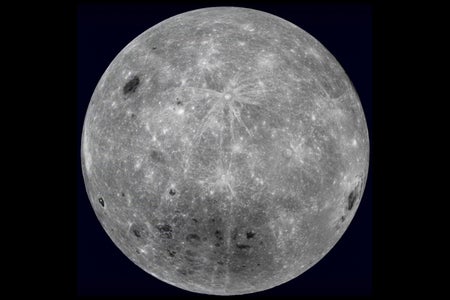
China’s Fresh Samples from the Lunar Far Side Could Explain Earth’s Two-Faced Moon
Material from the moon’s far side collected by China’s Chang’e 6 spacecraft could solve a long-standing lunar mystery
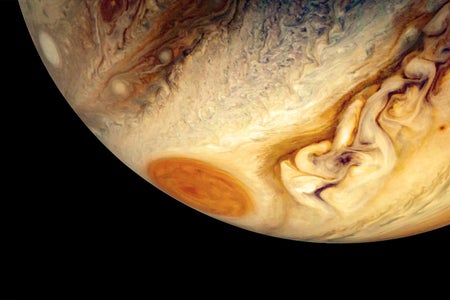
How Did Jupiter Get Its Great Red Spot?
New research suggests the Great Red Spot we see on Jupiter today is an entirely different giant storm from the one astronomers observed more than three centuries ago

How Light Tells Us the Story of the Universe
Almost everything we know about the cosmos is conveyed by photons traveling across vast distances
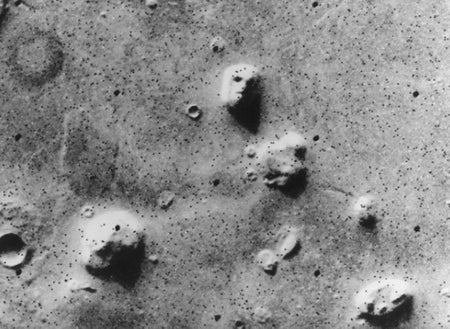
The Face on Mars and Other Cases of Cosmic Pareidolia
The human brain loves seeing patterns, even when they aren’t really there
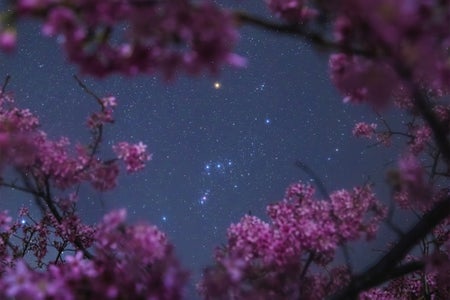
What Are Constellations, and Where Do They Come From?
Cosmic happenstance and biological evolution come together to create a road map to the stars
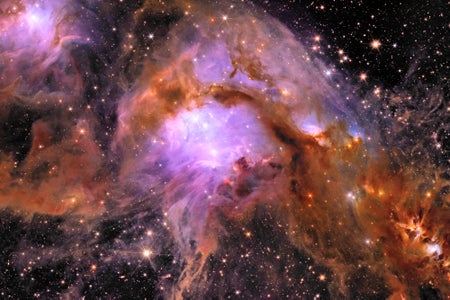
Stunning New Images Show Bright Future for Euclid, a Telescope Studying the ‘Dark’ Universe
The latest images from Euclid, a European mission studying dark matter and dark energy, are spectacularly beautiful—and scientifically promising
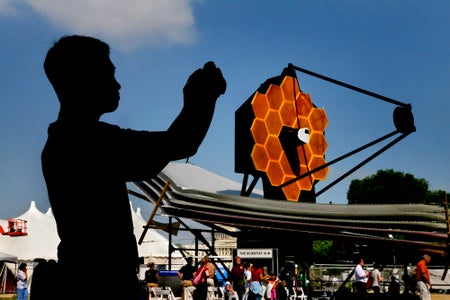
Astronomers Should Take a Deeper Look at Naming
We should—and must—take careful measure of what we name cosmic objects and the terms we use throughout science
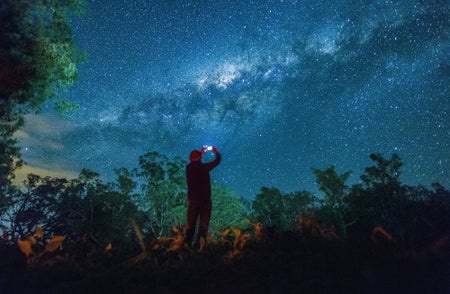
Smartphone Cameras Owe Their Power to Astronomy
The next time you snap a selfie, consider thanking an astronomer for your phone’s camera
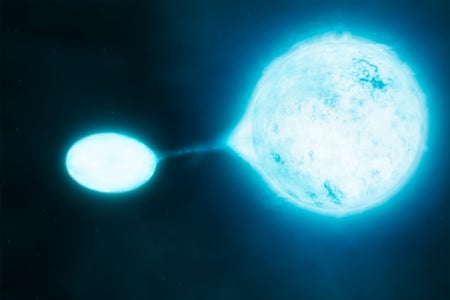
The North Star Has an Age-Defying Secret: Stellar Cannibalism
The iconic star Polaris appears to be much younger than its true age. The secret: it’s eating another star
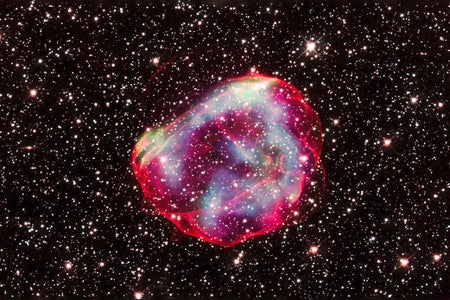
Surprising Supernova Scars Cover the Earth
A supernova showering Earth with radioactive debris is a surprisingly common cosmic occurrence
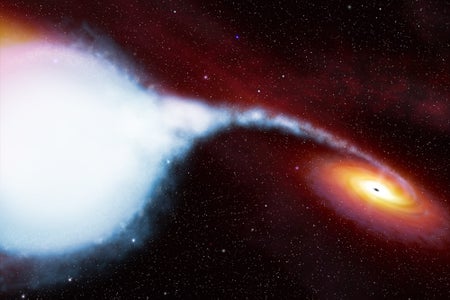
How Can You ‘See’ a Black Hole?
How do astronomers find the darkest objects in the universe?
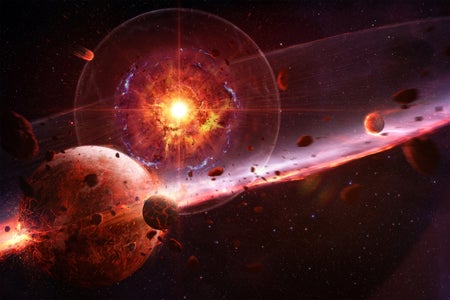
Don’t Panic—At Least, Not about a Nearby Supernova
An exploding star is a catastrophe on a cosmic scale, but here on Earth we’re safe from such astral disasters—for now
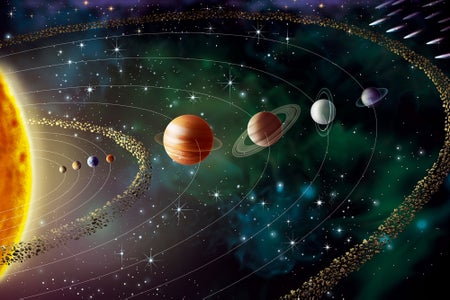
Where Is the Edge of the Solar System?
The solar system’s outer limits aren’t as clear-cut as you might think
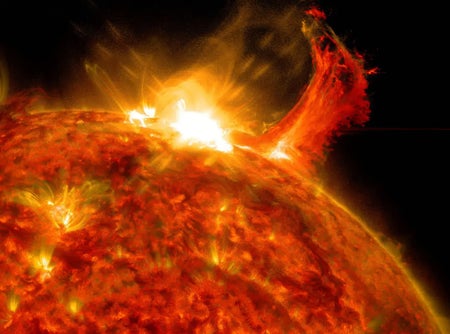
The Threat of a Solar Superstorm Is Growing—And We’re Not Ready
Someday an unlucky outburst from our sun could strike Earth and fry most of our electronics—and we’ve already had some too-close-for-comfort near misses